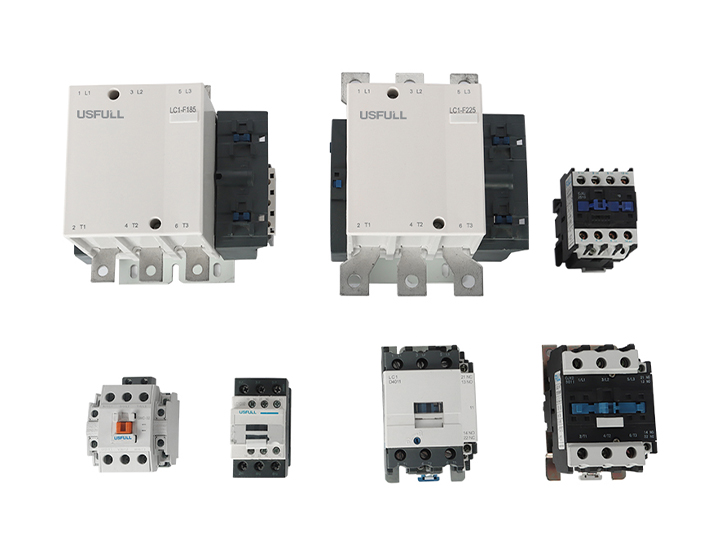Two decades ago, a section of the Amazon rainforest was flooded for a dam that currently produces little electricity. Engineers now see that artificial lake as an ideal surface for floating solar panels.
Critics have blasted the Balbina dam, located near the equator line some 200 kilometes (125 miles) north of the Amazonian city of Manaus, as an environmental crime.
The dam, which flooded some 2,400 square kilometers (930 square miles) of rainforest, was ordered built at great expense during Brazil’s 1964-1985 military regime.
The artificial lake is so vast that from the dam’s wall, the horizon barely comes into view.
But when it comes to generating electricity, the dam is a bust: the Balbina hydroelectric plant, inaugurated in 1989 after a decade of work, currently produces a mere fifth of its maximum output of 250 megawatts.
“This is one of the biggest environmental crimes that engineering has committed in this country,” said Energy and Mining Minister Eduardo Braga.
“How can we mitigate the cost of this crime? By improving the cost-benefit relationship of this power station,” Braga said at the ceremony inaugurating the use of the first floating solar panels.
Floating solar panels are not new, but using them on a hydroelectric dam’s artificial lake is novel.
This hybrid system uses the existing—and underutilized—power transmission infrastructure, as well as the flat water surface for the panels with no need to buy or expropriate new land.
Brazil drought hits hard
Brazil gets 60 percent of its electricity from hydroelectric power plants. But much of the country, including in the Amazon rainforest area, has been enduring a severe drought. Water levels at many Brazilian dams have dropped to dangerously low levels.
The Balbina pilot project, to be completed by 2017, is a large platform with 50,000 square meters (540,000 square feet) of solar panels, about the size of five football fields.
The panels can produce five megawatts of electricity, enough to supply some 9,000 homes with power.
Engineers hope to increase the output to 300 megawatts, allowing Balbina to produce electricity for 540,000 homes.
“We’re going to transform the hydroelectric power generators, that have limitations due to the weather, into unlimited power producers because they will also use solar energy,” said Orestes Goncalves, president of Sunlution.
His company partnered with French firm Ciel et Terre to install the panels at Balbina.
The engineers have not said how much cheaper electricity could be for local residents, but one of the project’s long term goals is to bring down utility prices.
Separately, engineers will measure the efficiency of this hybrid model with floating solar panels at two very different locations: at Balbina, where the rainforest weather is hot and humid, and at a dam in the hills of the semi-arid northeastern state of Bahia.
If successful, officials hope to expand the floating panel system via public tenders.
Zhejiang Fullwill Electric Co.,Ltd
www.usfull.com









